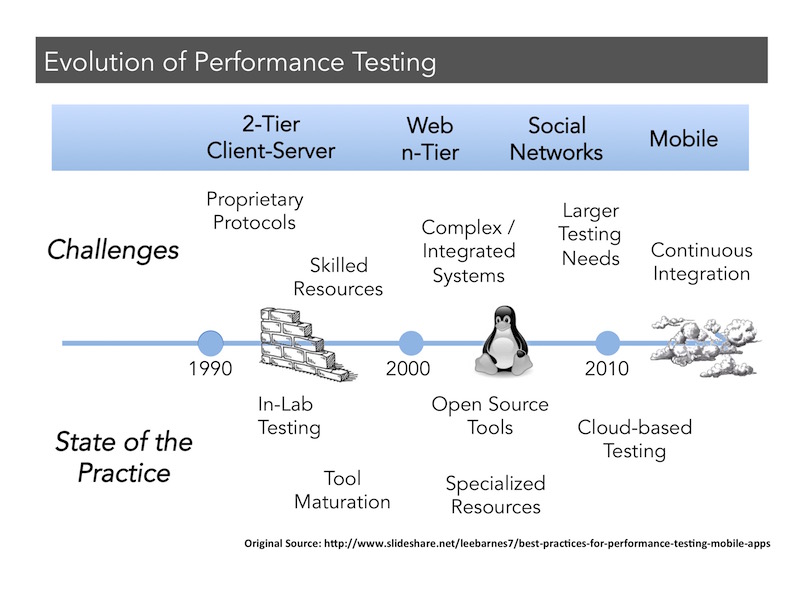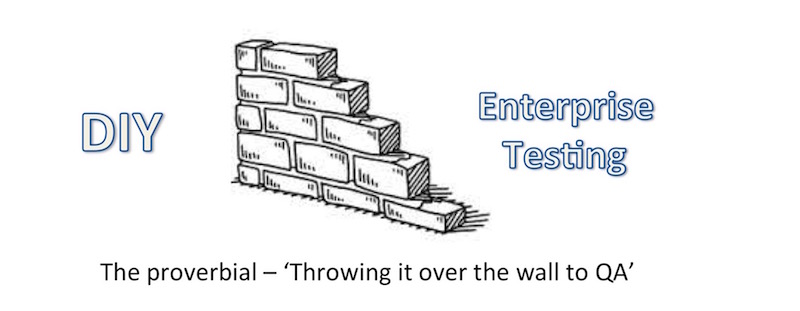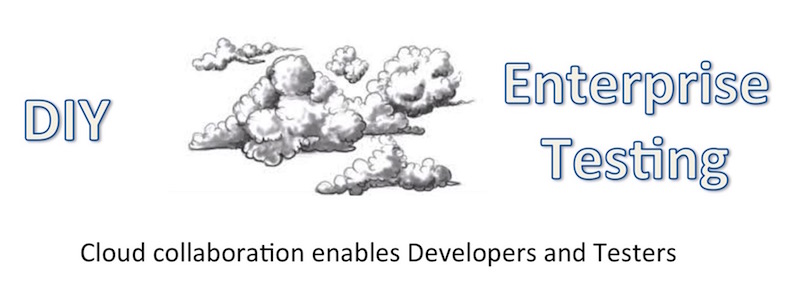Forward
Being able to recognize and understand major industry shifts and trends is something we value highly here at RedLine13. It allows us to continue to not only improve upon ourselves, but to also keep our readers and users informed and up-to-date with what’s going on in the world of load/performance testing. This is why we have introduced a new blog “mini-series”, if you will, which will focus entirely on important industry trends. For the first entry within this series, we will look at arguably one of the most important trends: the migration of internal systems into the cloud.

Load Testing in the Cloud
In today’s modern landscape we do virtually everything in the cloud: we stream music from the cloud, upload our photos to the cloud, do our work with cloud-based tools, and much more. By now, most people have grown accustomed to using cloud services for a variety of different things, so much so, that we often wonder how we went without them for so long. This now includes load, stress, and performance testing as these processes have evolved over the years, as is indicated by the model pictured above[1. Barnes, Lee. “Best Practices for Performance Testing Mobile Apps.” April 2014. Utopia Solutions Powerpoint Presentation]. While the load, quality assurance, and performance testing industry has been around for a number of years now, it is still continuing to experience growth and change. Load and stress testing has become more affordable over the years, in addition to there being a range of new tools and plugins that we can use and benefit more from. However one of the most important industry trends in recent times is moving these internal systems into the cloud, which has ultimately changed everything.

The Pre-Cloud Method
Before the adoption of cloud-based load testing platforms the typical “flow chart”, if you will, of testing some code was as follows: The project manager gives a task to their developers who then write some code. The developers would then first use open source, DIY methods in-house (ab, curl, Apache Jmeter) to test their program ensuring that, on a very basic level, it works. Thanks to these open source tools, developers and testers were able to make the first “crack” into the proverbial “throwing it over the wall to QA”. Once that was sorted, they would then use a large enterprise solution (something akin to HP LoadRunner) to run both larger and more complex tests. These enterprise companies/solutions then used their own agent farms to run the tests, and then would send the results back to the developers. While this method did (and to some extent, continues to) work well for what it was used for, there was a major downside: cost. The costs required to say, simulate 100,000 users with LoadRunner, were (and still are) extraordinarily high as these enterprise companies would charge the user for the high cost of using their internal systems and agents.
Enter: The Cloud-Based Solution
However now we are seeing a major shift in the industry as these internal systems and enterprise solutions are moving to the cloud. According to industry analysts, arguably the most disruptive, progressive, and positive change within the world of load/performance testing and integrated software quality suites is the use of the cloud. According to a blind study sponsored by HP and conducted by YouGov, based on data taken from some 400 development and IT professionals, some 69% stated that they were directly benefiting from cloud-based load testing services[2. “Predictions for Load Testing in 2016“, Hewlett Packard Enterprise.]. It becomes clear that this is a real solution, and one that’s here to stay. Even industry leaders that still primarily operate on the “old” method of testing (that is, hosting the tests within their own servers) are attempting to play catchup with newer firms and SaaS’s who have already developed and implemented cloud-based solutions and tools. Not only are these new, cloud-based solutions practical and innovative, they are more affordable as well as these cloud-based companies and services are able to allow developers to run these tests for a fraction of the cost.

The New Method
Now as load testing has moved to the cloud, the flow chart looks quite different. First, the project managers provide their developers with a plan, the developers write some code, and they then test their code with DIY methods. Next, they use cloud-based solutions to run larger tests and many (if not all) are comparable to the solutions offered by those that still use the more expensive method of testing that depends almost entirely upon internal systems. These solutions, like the ones we offer here at RedLine13, are effectively able to perform virtually all of the same tasks but in a more modern way. As is the case with RedLine13, since all of the “work” is handled by Amazon Web Services (the instances run on their servers) and the fact that the user does not need to download a client, users are now presented with a legitimate solution to performance and load testing that does not require the budget of a publicly funded corporation. With the inclusion of continuous integration and quality assurance/developer reports, these cloud-based solutions suddenly become some of the most appealing solutions on the market today and are ultimately the future of this industry as a whole.
The Big Picture
Cloud-based testing, as you can see, has now become normal and arguably more practical than enterprise testing. Enterprise solutions were first “attacked” by various open source tools which chipped away at the wall. Now with the combination of these open source tools and the cloud, cloud-based load testing is easily accessible to virtually everyone. Additionally, the beauty with these cloud-based solutions like RedLine13 and others, is that they work and compliment other existing services and companies as well. Those that are running larger-scale operations can still do both their preliminary testing and larger testing with cloud-based solutions and then if they need too, they can then work with internal enterprise solutions for the really heavy lifting and executive reporting, for example. Essentially, users can either utilize cloud solutions on their own or with other existing services to get the best of both worlds. For example, we recently took a look at how RedLine13 can work in conjunction with BlazeMeter and how both can benefit the end users in a variety of different ways, namely by offering complementary features.
In the end, the migration of internal testing systems into the cloud is but one of many distinct and important trends that the industry is currently experiencing. Here at RedLine13, we will continue to examine various industry trends and shifts as they are not only important for us as a business, but for the end users as well. The world of load testing is moving into the cloud, so why haven’t you?


2 Comments
Comments are closed.